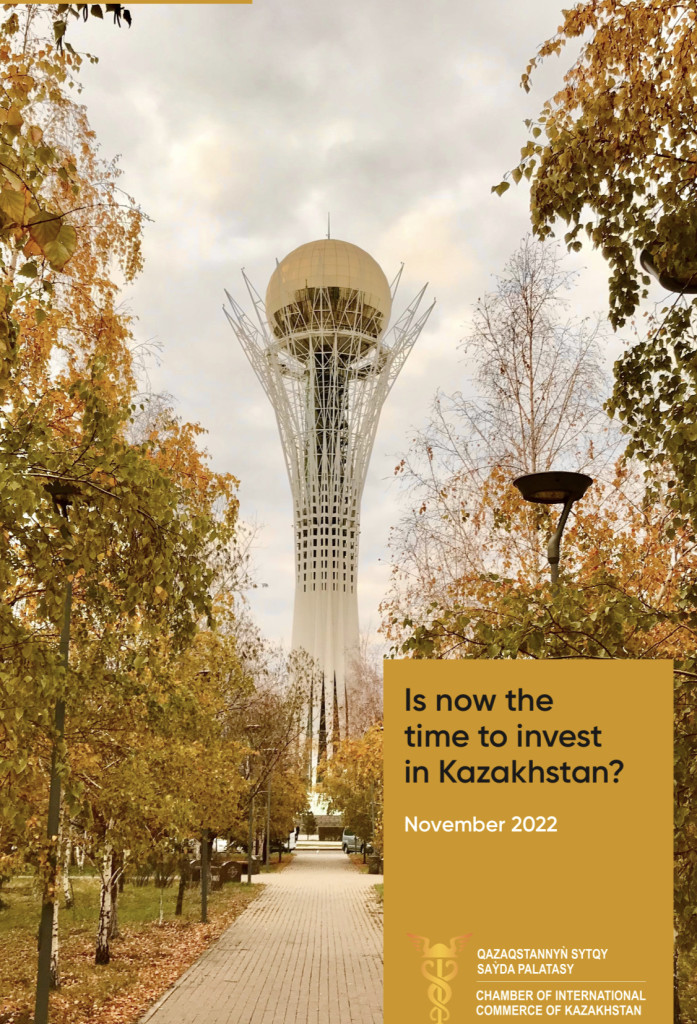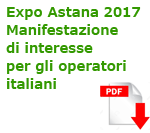Is now the time to invest in Kazakhstan?
Leading global investors and businesses view Kazakhstan as increasingly investable – as it spreads its wings economically at the same time as entering a new phase of its political development. While opportunities continue to abound in the country’s renowned oil, gas and minerals sectors, there is also a growing service economy, along with innovative science and technology-based start-ups and an expanding role as a regional centre for aviation, education and financial services. While facing similar headwinds to many countries globally – chiefly inflation – the economy is tipped for strong growth and has a young, well-educated population. Since independence 31 years ago, international investors have injected more than $380 billion into the economy – 70 per cent of the total investment flow into the Central Asian region in that time. Constitutional changes are set to entrench the stability that has marked the history of independent Kazakhstan, and a diversifying economy underpinned by a robust legal system is opening new doors for investors and companies who are targeting the country.
Stats
More than $380 billion invested in Kazakhstan over the past 31 years – 70% of the total international investment flow into the Central Asian region, $7.58 billion foreign direct investment in Kazakhstan in the second quarter of 2022, $20.51 billion EU imports from Kazakhstan in 2021, according to the United Nations COMTRADE database.
More than 1,400 companies from 64 countries registered at the AIFC, $179 billion* (83,951,587.90 KZT Million) Gross National Product in Kazakhstan in 2021
* based on the exchange rate of USD1/ KZT468 as at 26 October 2022
An opportunity of scale
The scale of Kazakhstan may surprise those investors beginning to take an interest in the opportunities afforded by the Eurasian land mass. At 2.7 million square kilometres, it sits 9th in the world rankings, making it slightly less than four times the size of Texas (1). The country has a small but highly-educated and motivated population of 19.4 million.
Kazakhstan borders China, Russia, Kyrgyzstan, Turkmenistan and Uzbekistan, sitting at the crossroads of Eurasia, a fact reflected in the range of ethnic groups and languages contained within its borders. Meanwhile, the country’s economy stands at a rather different sort of crossroads. Since gaining independence from the Soviet Union 31 years ago, Kazakhstan has become best-known economically for its huge reserves of minerals and hydrocarbons, including uranium, copper, zinc, oil and gas – and these remain critical to the Kazakh economy. And with a large agricultural sector this abundance of natural resources – and their current high prices – underpin the economy.
However, Kazakhstan is not complacent, and government-backed initiatives are under way to diversify the economy into sectors such as transport, pharmaceuticals, telecommunications, petrochemicals and even higher education, as part of what has been called “an economy based on brainpower” by Shigeo Katsu, President of Nazarbayev University.










